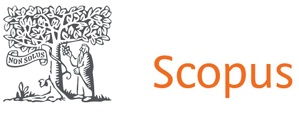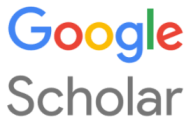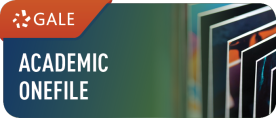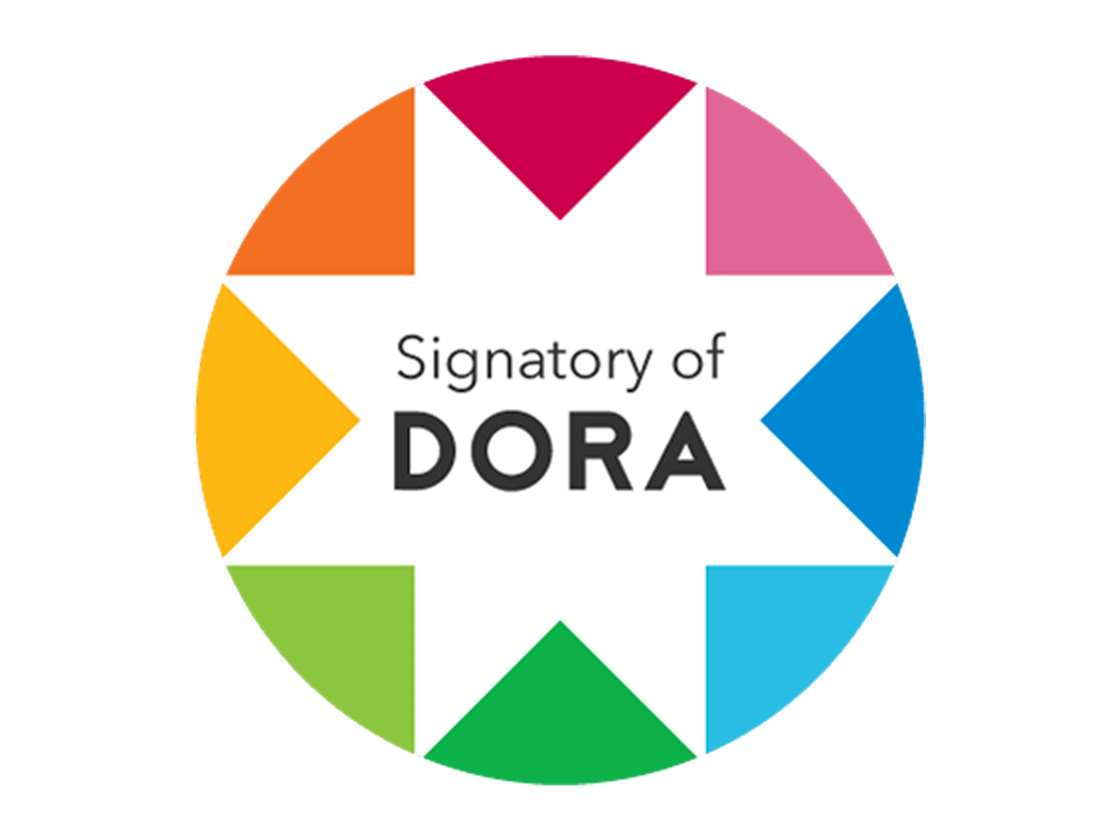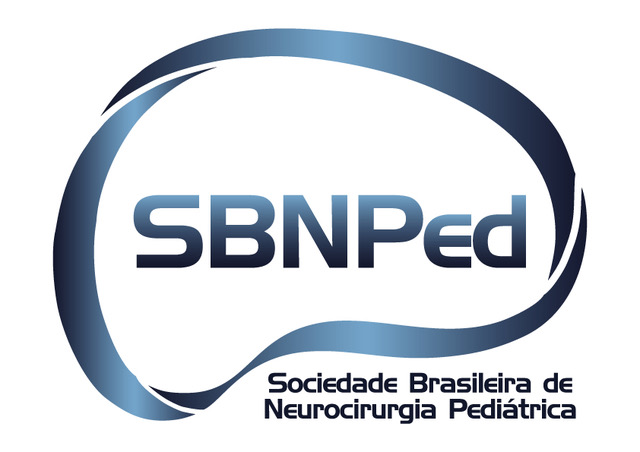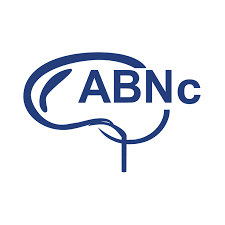Cerebral dysautonomy as a clinical repercussion in children with traumatic brain injury
DOI:
https://doi.org/10.46900/apn.v2i2(May-August).40Keywords:
Autonomic Nervous System, Brain injuries, Child, Primary dysautonomiasAbstract
Introduction: Dysautonomia or Paroxysmal Sympathetic Hyperactivity (PSH) affects more than 50% of patients suffering from severe traumatic brain injury (TBI), which is a major cause of morbidity and mortality in children under 12 years. The goal is to demonstrate that PSH is established as a consequence in children with severe brain trauma.
Methodology: Forty articles were found in databases such as LILACS, Elsevier and Scielo that address the theme, excluding those that addressed the TBI in adults and including those that addressed the theme in the pediatric context and published about the PSH, published until the year of 2019.
Results: Severe TBI is established as a common cause of hospitalization of children and PSH as a common consequence. Diagnosis and management of this complication require the help of tools such as "PSH-Assessment Measure (PSH-AM)", which has criteria that facilitate the exclusion of other possible causes and guide the treatment. Non-pharmacological therapeutic measures include control of room temperature and low sensory and pharmacological stimuli to deal with symptoms, such as drugs such as opioids, gabaergic agonists, benzodiazepines and adrenergic antagonists.
Conclusion: Severe TBI, a common pediatric emergency, can be considered a predictor of PSH. Even though there is no consensus on the diagnosis, PSH-AM proves to be a reliable alternative to professionals dealing with conditions that may or may not correspond with post trauma dysautonomia. This makes it possible to determine not only the child's clinical condition but also the best therapy to apply.
Downloads

Downloads
Published
How to Cite
Issue
Section
Categories
License
Copyright (c) 2020 Jassiara Soares da Silva, Carlos Umberto Pereira, Nicollas Nunes Rabelo

This work is licensed under a Creative Commons Attribution 4.0 International License.

When publishing in Archives of Pediatric Neurosurgery journal, authors retain the copyright of their article and agree to license their work using a Creative Commons Attribution 4.0 International Public License (CC BY 4.0), thereby accepting the terms and conditions of this license (https://creativecommons.org/licenses/by/4.0/legalcode).
The CC BY 4.0 license terms applies to both readers and the publisher and allows them to: share (copy and redistribute in any medium or format) and adapt (remix, transform, and build upon) the article for any purpose, even commercially, provided that appropriate credit is given to the authors and the journal in which the article was published.
Authors grant Archives of Pediatric Neurosurgery the right to first publish the article and identify itself as the original publisher. Under the terms of the CC BY 4.0 license, authors allow the journal to distribute the article in third party databases, as long as its original authors and citation details are identified.









